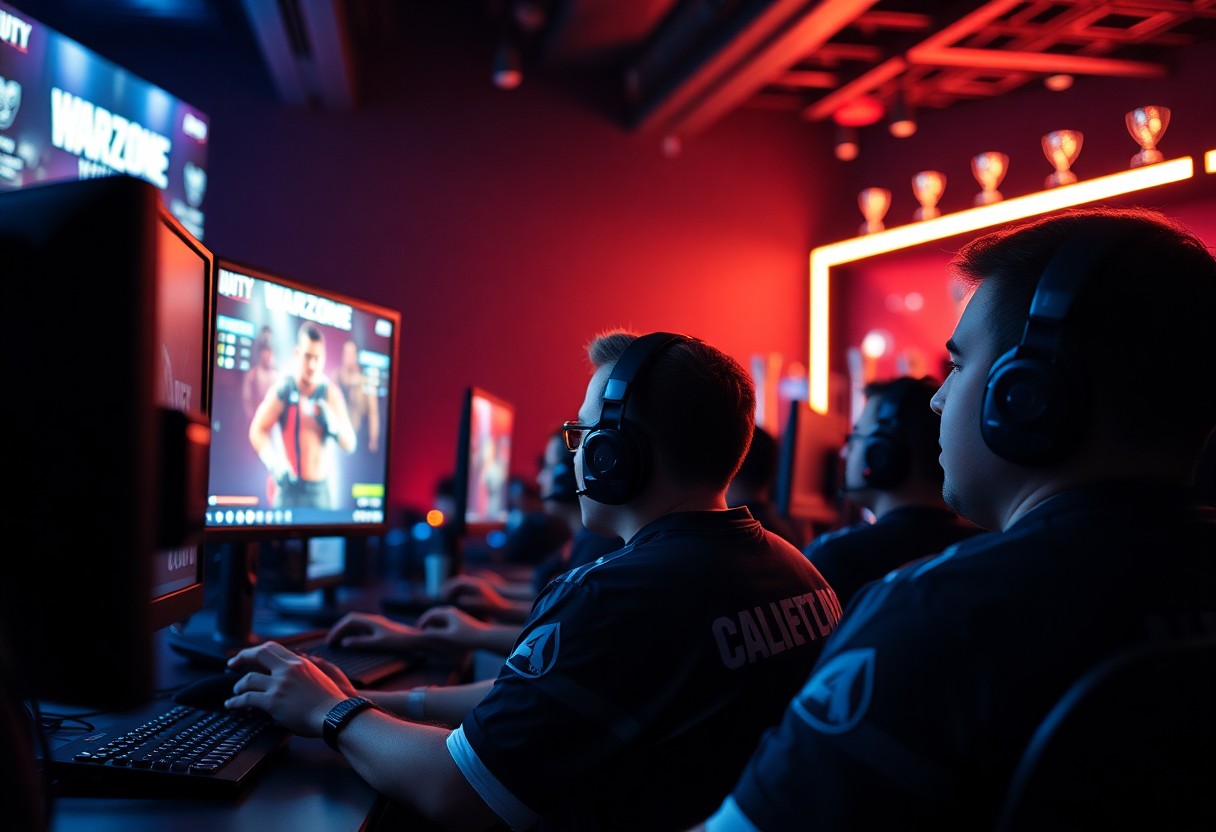It’s no secret that Call of Duty: Warzone has transformed the competitive landscape of first-person shooters since its release. With the introduction of a ranked mode, the game has taken significant strides toward establishing a structured environment for players aiming to excel and transition into the professional scene. This evolution has not only elevated individual performance metrics but has also impacted how teams strategize and approach competitions.
The ranked mode in Warzone introduces a tiered ranking system, allowing players to compete against others of similar skill levels. This system is designed to provide a more balanced competitive experience, where matchmaking precision plays a significant role in team dynamics and gameplay. Players are encouraged to refine their skills and develop a more in-depth understanding of game mechanics, as the ranked mode often highlights flaws in existing strategies that could be glossed over in casual play.
The emphasis on teamwork within ranked matches has catalyzed a paradigm shift in how players collaborate. Communication and coordination become paramount, pushing squads to solidify their tactics and synchronize their movements to improve their rankings. This necessity for cooperation frequently carries over into professional play, as teams that succeed in ranked modes build a synergistic approach that translates seamlessly into tournament readiness. This transformation fosters a culture of teamwork that is crucial for longevity in the ever-evolving esports domain.
Moreover, the ranked mode has provided aspiring professionals with a testing ground for strategies and techniques that could be utilized in high-stakes environments. Players experiment with loadouts, drop locations, and engagement tactics, gaining invaluable insights that contribute to developing their unique playstyles. This exploration often results in the emergence of new strategies that can surprise opponents during competitions, altering the fabric of existing meta-game dynamics.
The importance of a rank-based system extends beyond individual gameplay; it also impacts content creation around Warzone. Streamers and content creators have embraced the competitive elements of the ranked mode, showcasing their skills and sharing advanced techniques with their audiences. This not only drives interest in the ranked community but also inspires new players to engage with the game competitively, thus expanding the player base and nurturing future talent for the professional scene.
As the competitive landscape continues to evolve, developers are responding to community feedback to refine the ranked experience, adding new challenges and incentives that drive constant engagement. Frequent updates keep the game appealing to dedicated players while simultaneously introducing new mechanics that can shake up competition. These developments ultimately enhance the spectator experience during tournaments, as viewers benefit from a higher quality of play and thrilling matches that constantly push players to adapt and innovate.
The influence of ranked modes in CoD Warzone can’t be overstated. It not only shapes the skills and strategies of players but also establishes a structured ecosystem that plays a vital role in the growth of the professional scene. As more players climb the ranks and enter competitions, the landscape continues to evolve, ensuring that Warzone remains a formidable competitor in the esports arena.





